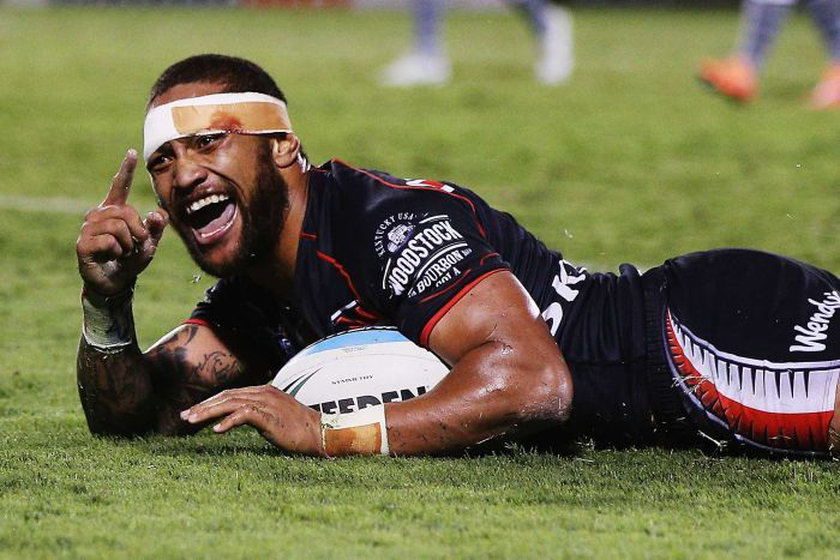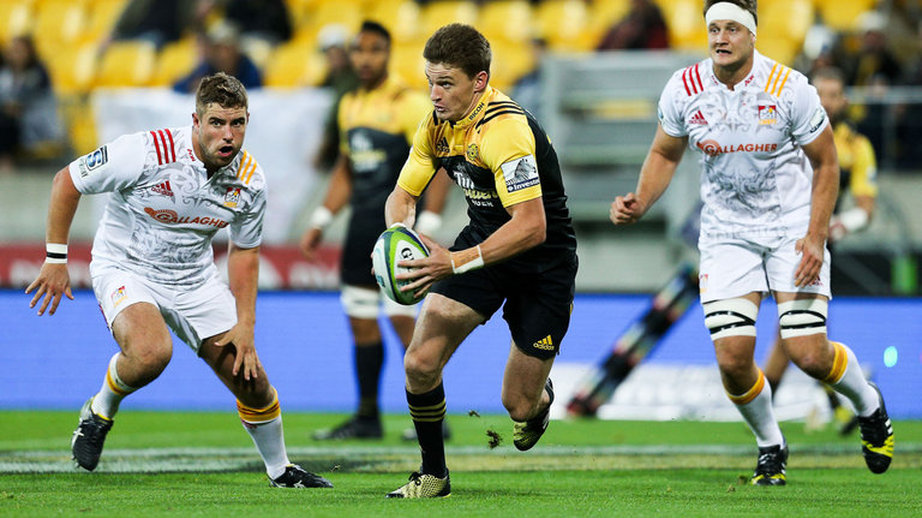You may have always wondered which rugby code has the best athletes. Fanatics of each side will always choose their favoured code of the two but now we can take a scientific view. While this won’t give the whole picture as to who are better athletes, we can look into one important facet of performance being speed. With the Super Rugby Final having just been and the NRL Finals Series next month, this is a good time to compare both rugby codes. This recent study by Cross et al. [1] may give some insight into our question of who’s faster.
NOTE: This data is only a sample of the elite rugby union and league population.
 Who were the subjects?
Who were the subjects?
15 elite rugby union and 15 elite rugby league athletes were tested in this study. These were athletes from the New Zealand All Blacks and the New Zealand Warriors NRL squads respectively.
What was measured and how?
Forwards performed 20m sprints while backs performed 30m sprints. Athlete characteristics (age, height, mass) were recorded between forwards and backs. Sprinting data was collected through a radar gun system (similar to a police speed gun). From the radar system, the authors were able to measure; Vmax (max velocity), v0 (theoretical maximum velocity), vopt (velocity at peak power production), relative Pmax (peak power relative to body mass), relative F0 (theoretical maximum force relative to body mass) and relative Fopt (force at peak power relative to body mass). In addition to this, split times were able to be measured and were at 2, 5, 10, 20 and 30m splits.
So what were the results?
The only difference in anthropometry were rugby union forwards being moderately heavier than their league counterparts (ES = 1.01). Differences in split times between rugby codes for forwards were unclear for all distances, however rugby union backs demonstrated moderately faster times at all split distances compared to league backs (2m; ES = 0.95, 5m; ES = 0.86. 10m; ES = 0.76, 20m; ES = 0.76, 30m; ES = 0.63). Distance covered by rugby union backs at 2 seconds (ES = 0.75) and 4 seconds (ES = 0.70) was moderately greater than their league counterparts. In addition, rugby union backs displayed moderately greater relative horizontal force (F0), power (Pmax) and greater force produced at peak power (Fopt). Differences in velocity were unclear.
 What can we take from these findings?
What can we take from these findings?
The most interesting finding in my opinion is that while forwards between codes displayed unclear differences in all of the variables above, they were on average 7.5kg (6.7%) heavier than rugby league forwards. This means that union forwards are able to accelerate and reach velocities similar to league forwards while producing higher amounts of force (ES = 0.77) due to their greater body mass. Effectively, forwards are able to generate greater momentum (momentum = mass x velocity) than league forwards essentially giving them greater ability to break tackles. The authors attributed this difference to the positional demands of rugby union forwards as they have to overcome a greater number of high force movements such as scrums, rucks and mauls which favour athletes who can effectively accelerate their own body mass.
The authors looked further into the acceleration differences between backs. They determined that the increased acceleration seen by union backs would mean at 2sec and 4sec of the sprint they would possibly be 0.44m and 0.73m ahead of their league counterparts respectively. The authors further ascertain that short sprint performance in elite rugby appears to be related to horizontal force and power and speculate that acceleration capabilities would benefit from a more force dominant force/velocity profile.
Rugby Union Wins This One
Based on the data presented in this study by Cross et al. [1], rugby union backs are faster over 30m than their league counterparts. Furthermore, while there were no differences between forwards in short sprint performance, union forwards were 6.7% heavier allowing them to possess greater momentum. A force dominant force/velocity profile seems to be advantageous to short sprint performance (i.e. being really strong in the horizontal direction). This post HERE will give you some ideas on exercises to improve short sprint performance.
